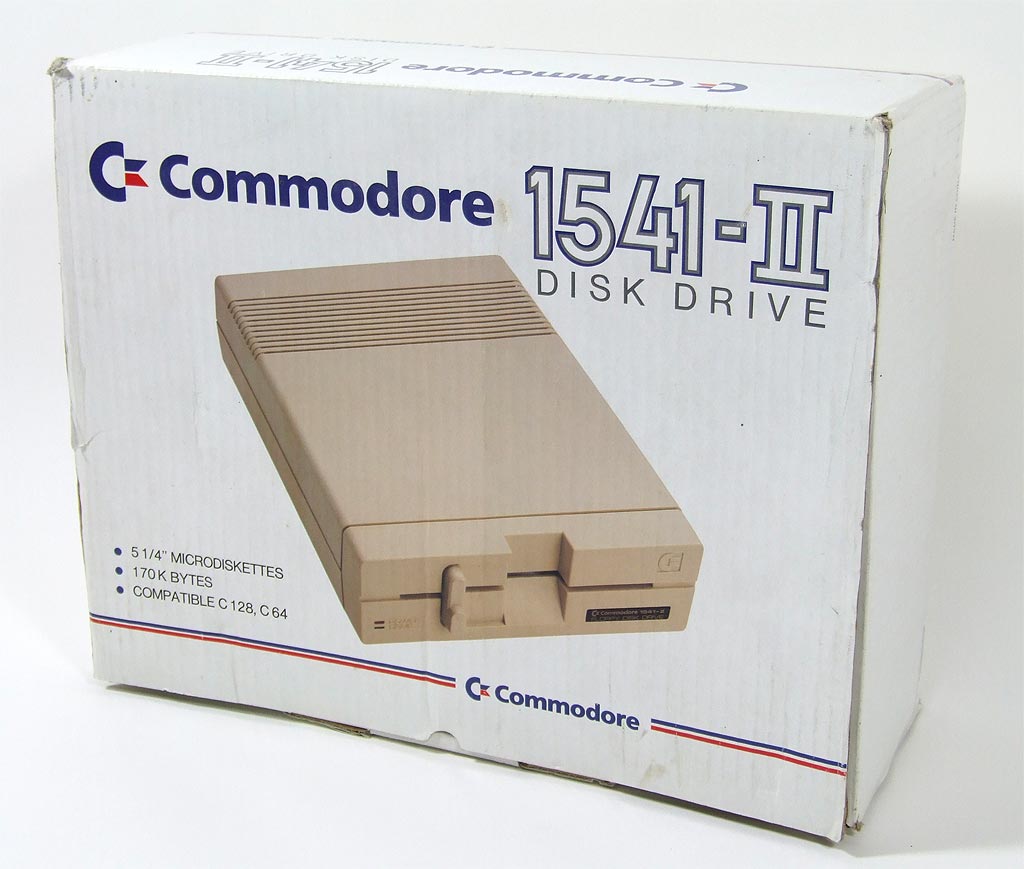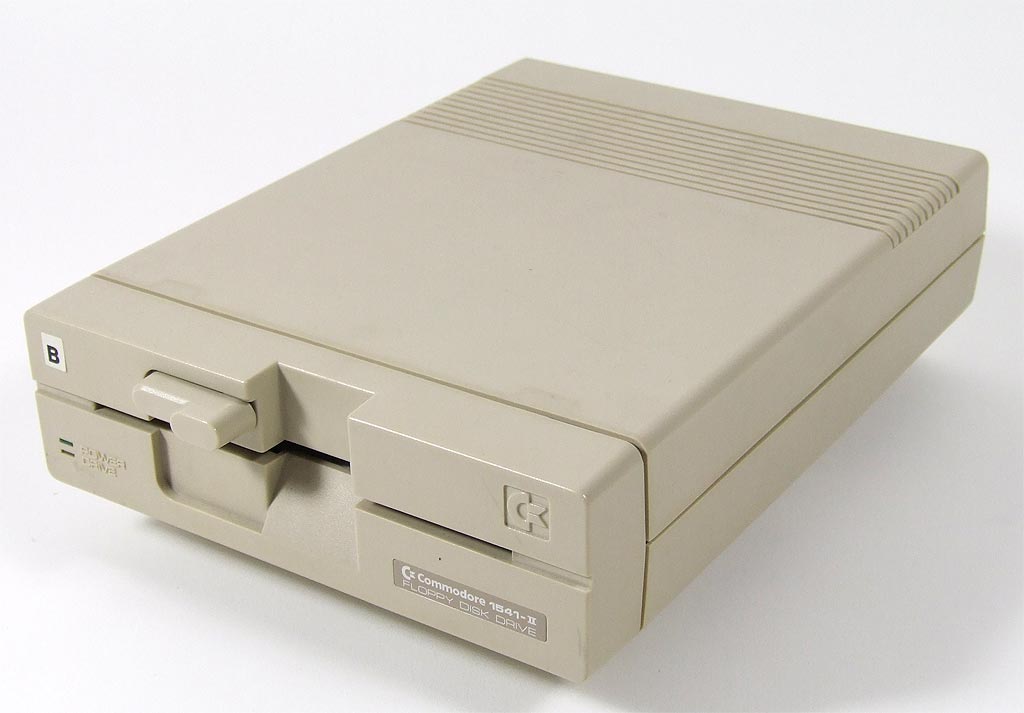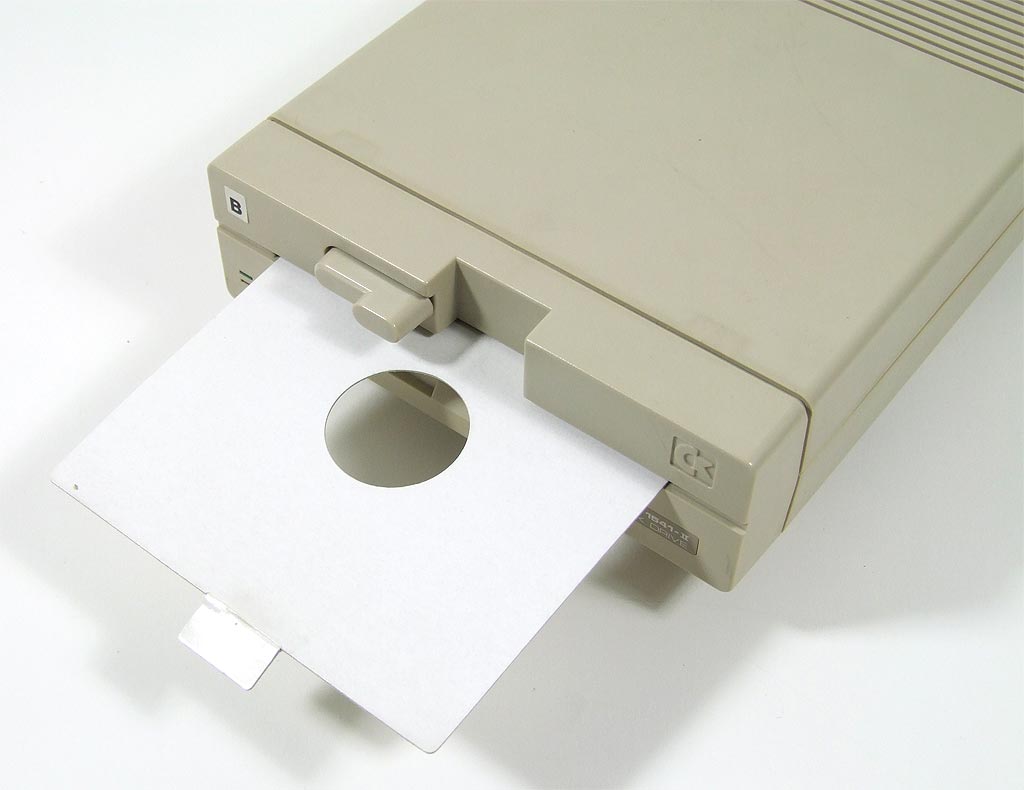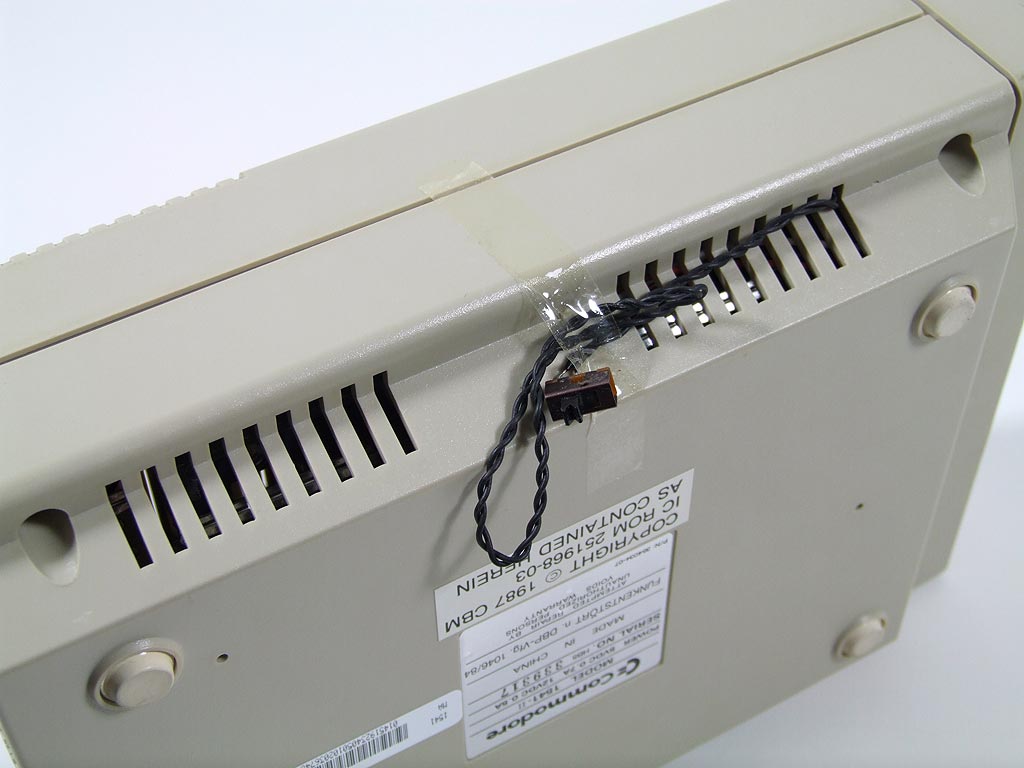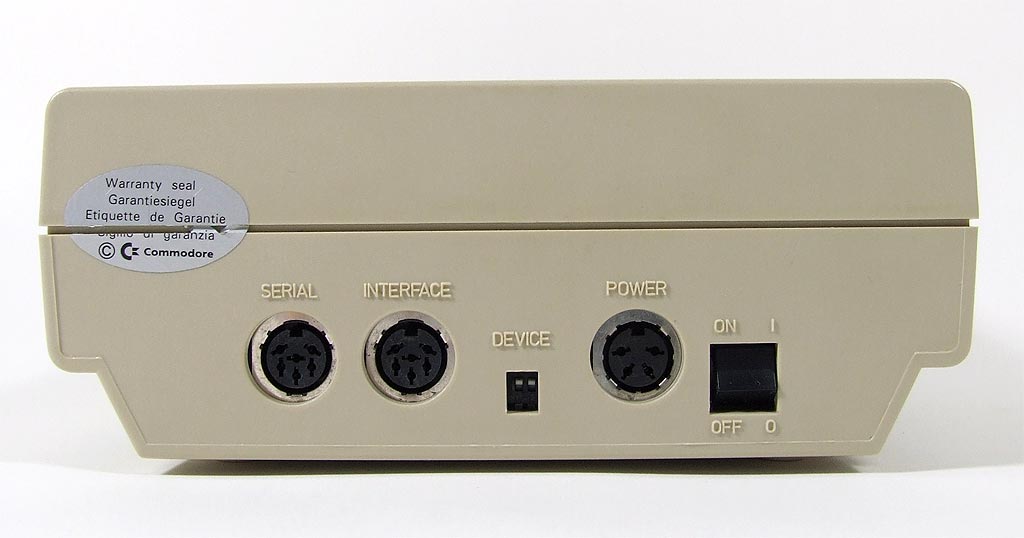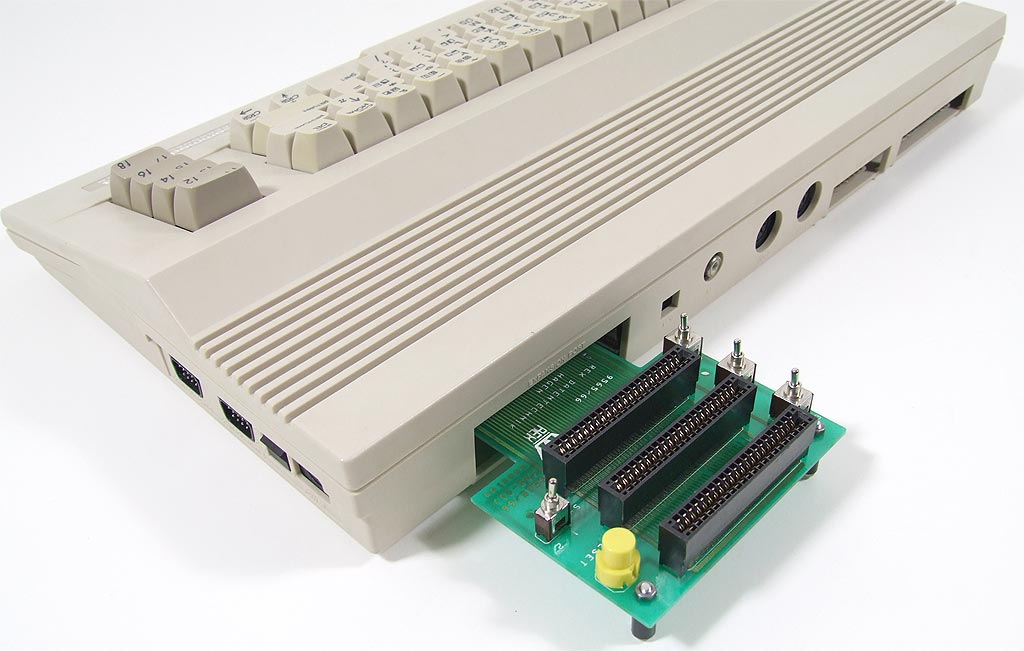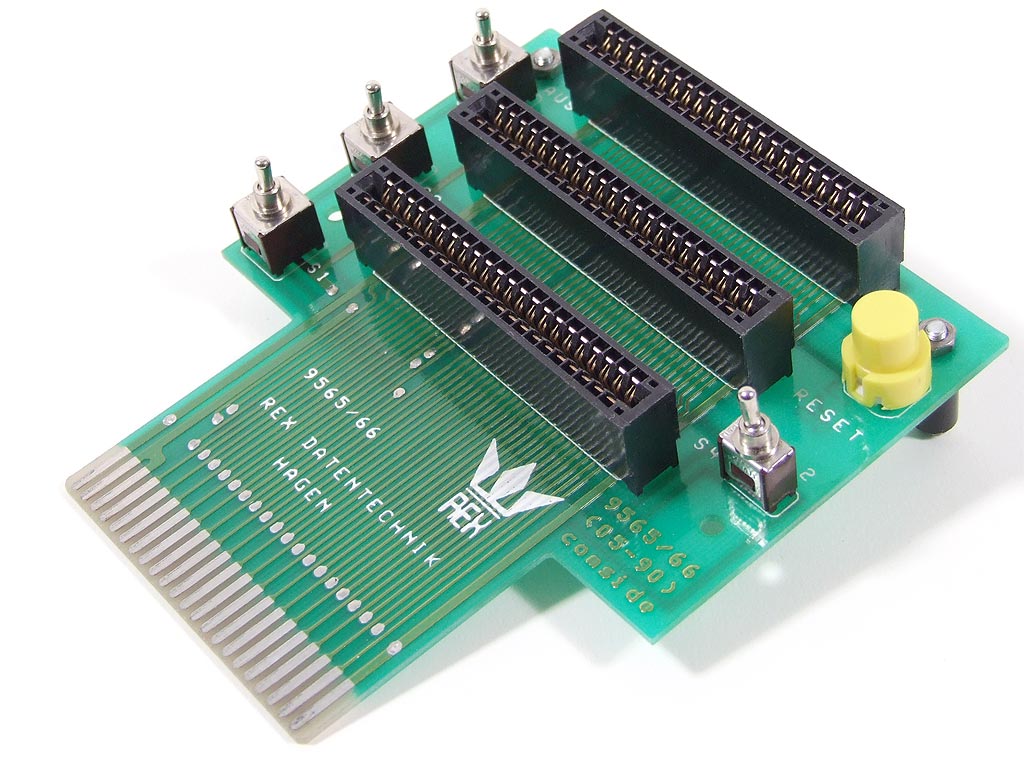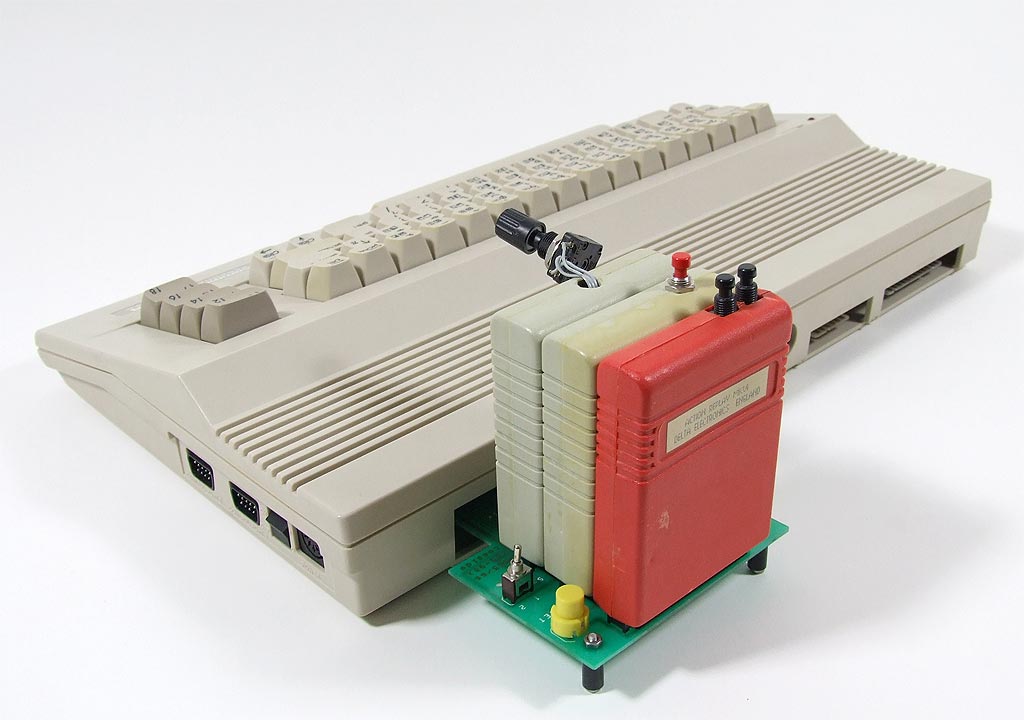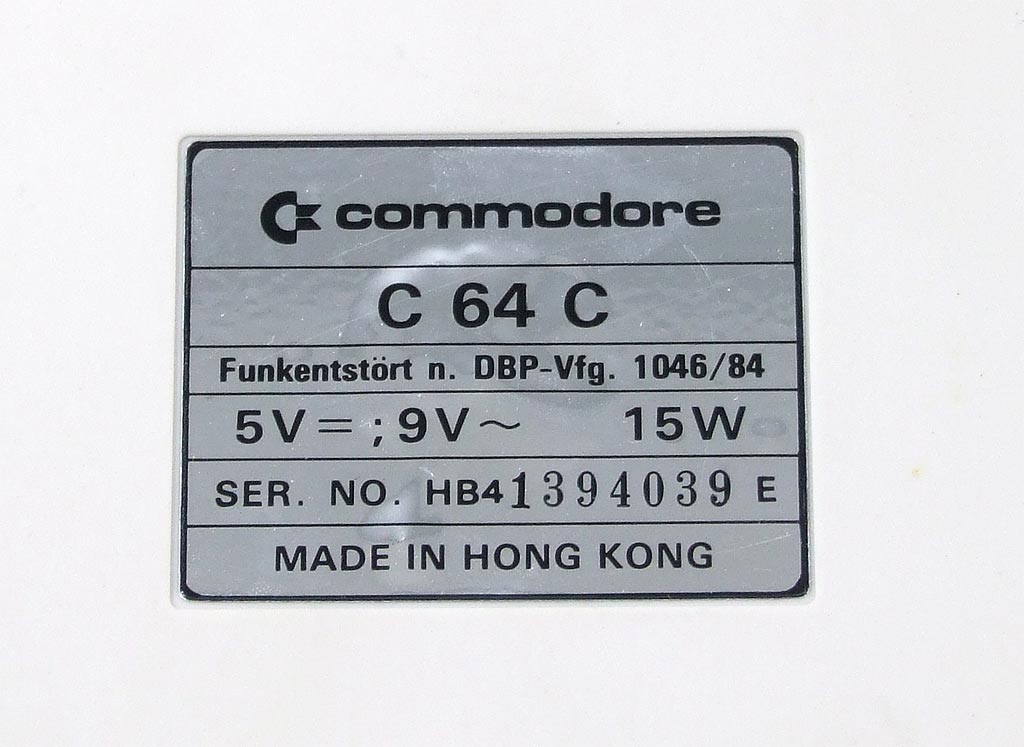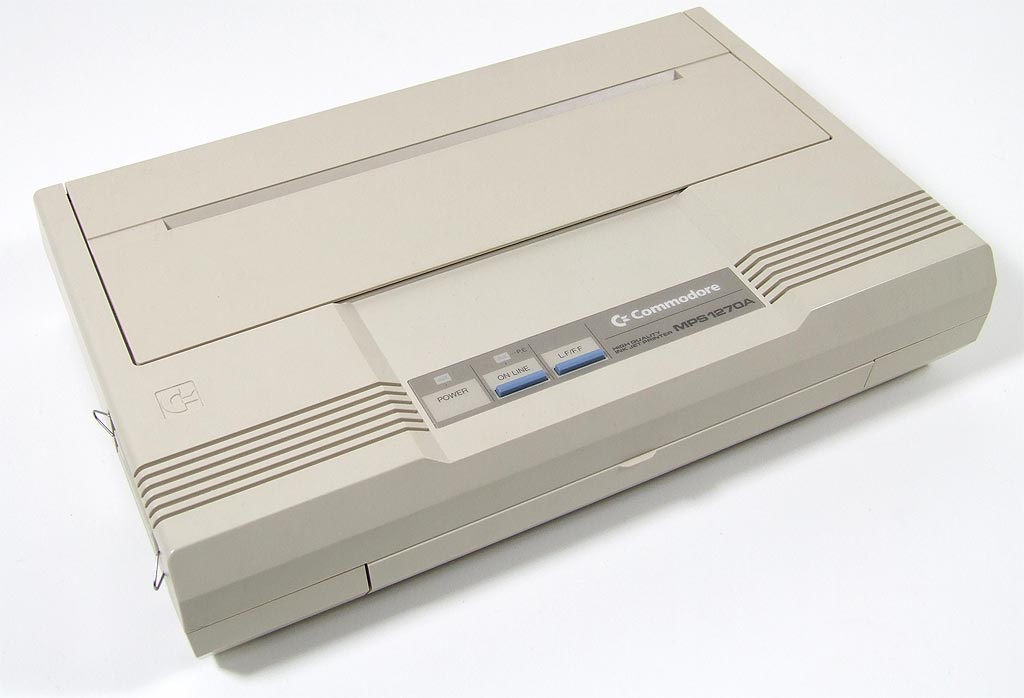Flashback: The Commodore 64 In Pictures
The Commodore C64's External Diskette Drive
The external diskette drive for the Commodore C64 included its own integrated circuitry, with an independent processor and its own local memory. Commodore integrated DOS onto an EPROM inside the drive, so it wasn't necessary to load this code onto the C64 itself. In 1987, this 1541-II disk drive model cost about 500 DM (about $250); the first floppy disks for these drives cost about 100 DM ($50) each!
Floppy Drive 1541/1541 II
One programming efficiency unique to the period arose when savvy programmers offloaded various parts of the computing work for their programs to the 1541/1541 II external disk drives available at the time. This permitted them to achieve genuine "parallel computing." Lots of older users will no doubt remember programs that made music by moving these drives' read/write heads, or ones that could vary the intensity of the drive's LED actvity indicator light.
Floppy Drive 1541/1541 II
The 1541 drive used older, widely available, 5.25" double-sided, double density floppy disks. The drive itself, however, recorded on only one side of the media, with a maximum per-side storage capacity of 170 kilobytes. With the help of a special "disk notcher" (or some ingenuity and manual dexterity with a knife or hole punch) users could create "flippy disks" that could be turned over and recorded on both sides. To read from or write to the back side of the floppy, users had to pop it out and flip it over (hence the name "flippy disk"). Users then had to keep track of items stored on each side of these disks separately, and label them carefully to keep track of their contents.
Floppy Drive 1541/1541 II
This rear-view shot of a 1541 floppy drive shows an aftermarket reset switch wired into the device, which was handy when parallel processing on the drive would go south.
Floppy Drive 1541/1541 II Connectors
A rear view of the 1541/1541 II enclosure shows its various connectors. From left to right you can see the serial port that managed the link up with the Commodore 64, the interface port that allowed another floppy drive or printer to be daisy-chained to this device, a device indicator, a power input jack, and the on-off switch at the far right.
A Multi-Port Extension Card For The Expansion Port
This extension card plugs into the single expansion port inside the Commodore 64, and provides identical ports for up to three devices outside the enclosure. This particular board comes from German manufacturer Rex Datentechnik, and cost about 200 DM ($100) in 1987 when it was first introduced. On the left, you see a reset button and an on-off switch for the whole board; at the right of each expansion port, you see an on/off switch that controls each individual slot.
Another Shot Of The Rex Datentechnik Extension Card
This photo shows the extension card from the business end that plugged into the Commodore 64's expansion port. Note the high quality switches, components, and printed circuit board etching work.
Get Tom's Hardware's best news and in-depth reviews, straight to your inbox.
The Expansion Card, Fully Populated
With three cartridges plugged into the Rex Datentechnik expansion card, you get a real sense for how this device was meant to be used. Gaming cartridges were by far the most common, but others implementing word processing, circuit design, music composition, programming, and other special functions were available. For an interesting look at a comprehensive list, see the Commodore C-64 Cartridge Rarity List.
Commodore C64
For its time, the Commodore C64 was quite energy efficient: its total power draw was only 15 watts. This home computer also was completely silent, since it used no fans.
Inkjet Printer MPS 1270
Only a few Commodore owners were able to treat themselves to this device: the inkjet MPS 1270 (A) printer from Commodore. It used the serial port to communicate with the C64.
-
BallistaMan I thoroughly enjoyed this article. 'Twas a great read for all the "newbies" like me who can't remember much beyond when CPUs were around the 100MHz range.Reply
It's amusing that people were actually quite productive with these things. I know I could never do it. xD -
A nice blast from the past, remembering all the hours wasted doing nothing but rebooting and playing with 10 print... 20 goto 10... etc :)Reply
-
neiroatopelcc Last month I found an old C64 magazine dated februar 1989 in a pile of stuff at home, and I started browsing some of it. It's funny to see that nothing much has really changed since then - except for speed.Reply
The cdrom drive has existed since 86, and since 87 or 88 you could get an adapter for your c64 so you could use an audio cd to load software the same way you use your tape ... also I was surprised that a 30mb seagate harddrive only cost 500DM - I would've expected more considering I hadn't even heard of a harddrive at the time. And 30mb was afterall massive compared to the storage on a 5,25" floppy.
Nice lookback to the old stuff though :)
-
arkadi Grate article,Reply
I am sure if i look hard, I will find mine some ware.
To bad no benchmarks lol -
Wow lots of memories there loved the article. Back in the day i liked the Atari systems.(i miss those for some reason)Reply
I remember spending two days on a program inputting all that code for a frog that went beep and waived its arms.
But that was my dads computer my first was an 8088(my first intel pc)from there was a 386sx 16mhz with turbo 1mb ram a 45mb hard drive, brand new vga monitor and the state of the art sound blaster(with Dr. spatso) anyone remember that. -
loftie Ahh this brings back some memories! We had two C64s - the sound went on the first one :( I just remember playing Wizard of Wor, Crystals of Zong and CJ's Elephant antics.Reply
No overclocking? ^^ -
LightWeightX I had a C128 and a C64. My first "IT" job was repairing C= computers. I also ran a C-Net BBS. Ah the memories, single sided floppies,300 baud, typing in programs from magazines, 5 minute load times, life was simple.Reply -
TechDicky C64? No sir... had a couple of friends with them... Me and my old man, where hardcore Trash-80 guys... had the original grey one and then later a CoCo (Color Computer) II. He was a hardware guy. piggy backed memory to make it double what RadioShack offered. Made a cartridge with an eeprom and a thumb switch so that we could dump cartridges to audio cassette and then reload the "backups" anytime we wanted, to the eeprom cartridge and then run it from there... hah, must have taken like 30 minutes to load from audio cassette. At the time I was mostly just playing with the software side. Writing programs in Basic, etc... at first text only, then I learned to do graphics (if you would endulge me and let me call them graphics). Those were the days... I still have a "Hot CoCo" magazine somewhere... and a "Radio-Electronics" magazine with a TRS-80 grey box 4k of memory I think... advertised for something like $800... hah, to think...Reply -
jcknouse the original (tan box, dark brown keys) C-64 was my first real computer. I still have both a working C-64 and C-64 C, as well as 3 1541 floppy drives and a 1702 monitor and tons of 5.25" disks (of which 90% probably don't work now due lol).Reply
I loved the thing, and bought an interface a while back to hook it to a PC so that I can burn all the C-64 software I have (that still works) to CD and can re-claim it anytime I want.
I miss the days of Karateka, Temple of Aphsai, Pirates, Zork, and...ah yes...GEOS.
